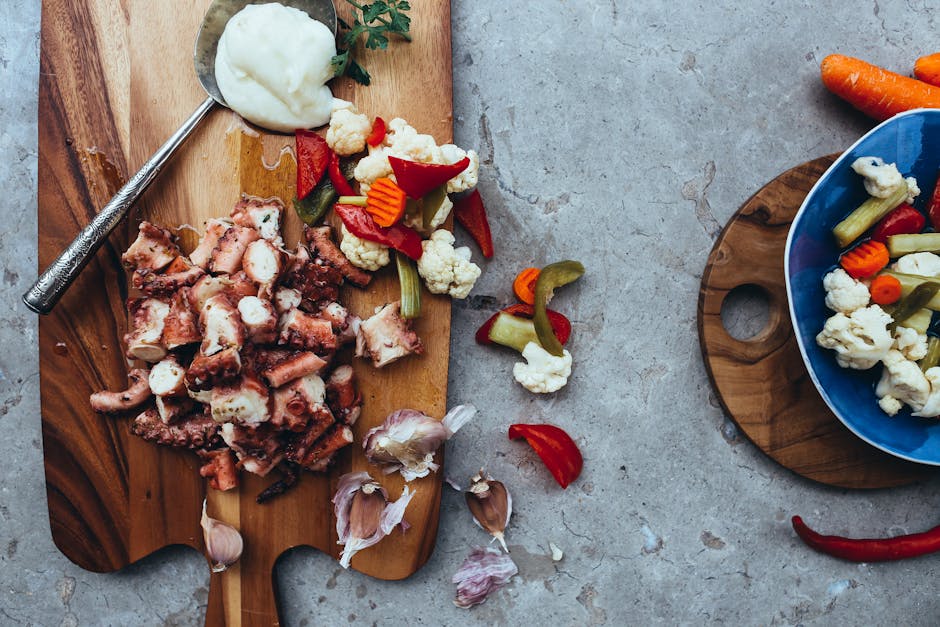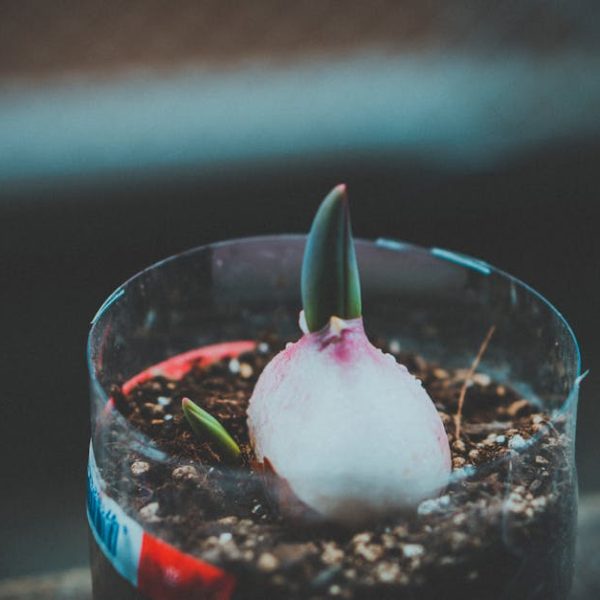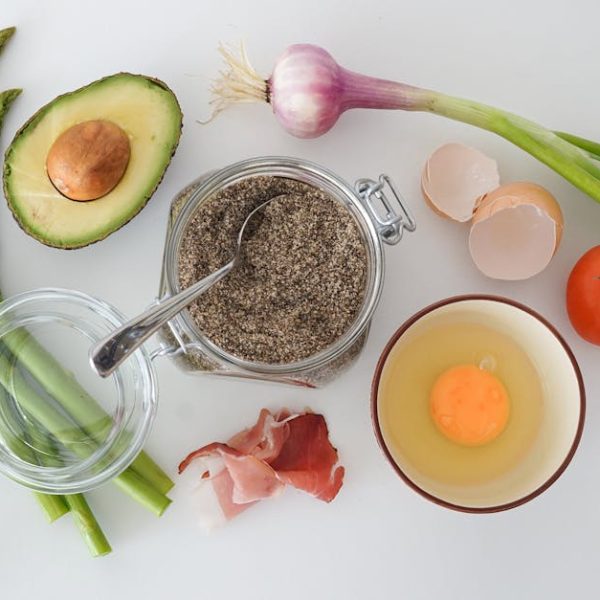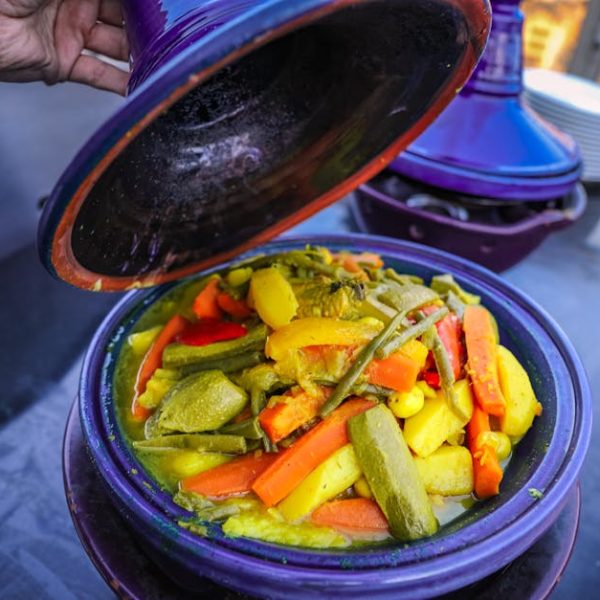Even the most diligent of home cooks can struggle to maintain the freshness of their herbs. Too often, we tend to throw away wilting cilantro, a precious aromatic herb for various types of cuisine. But what if you could extend its life long after purchase? Introducing seven brilliant ways to store cilantro for maximum freshness.
Using Water Jar Method for Cilantro Storage
Often hailed as the best way to keep cilantro vibrant and fresh, storing in a water jar echoes the traditional technique of displaying cut flowers. Begin by trimming the stems and removing any discolored leaves. Place the bouquet in a jar, mug, or similar vessel filled with fresh, cool water, ideally covering about an inch of the stem base. Place the setup in the refrigerator, which is conducive for cilantro survival.
- Best Practices: Change the water every 2-3 days to keep the cilantro healthy. Brown or drooping leaves are markers that freshness is compromised.
Pro Tip: Enhance the longevity of this method by creating a greenhouse-like environment. Place a loose plastic bag over the cilantro-jar setup before refrigerating. This technique helps retain moisture and keeps your herb garden-fresh longer.
Preserving Cilantro with Paper Towel Technique
When dealing with partially-dried cilantro, the paper towel method comes to your rescue. Wash and pat-dry cilantro, then lay it out on a paper towel. Rolling the herbs in the towel helps wick away excess moisture while maintaining crucial humidity. Insert this herb-towel bundle into a plastic bag, but do not seal it completely—your cilantro needs a little air circulation. Once ready, this package can be stored in the crisper drawer of your fridge.
- Checklist:
- Wash cilantro under running water
- Air dry or pat-dry with paper towels
- Spread out on a fresh paper towel
- Roll the towel around the cilantro snugly
- Place the bundle in a plastic bag
- Seal the bag partially, leaving a small opening for airflow
- Store in the crisper drawer of the fridge
In an upcoming section, we evaluate the merits and drawbacks of this technique for potential user scenarios.
Storing Cilantro in the Fridge with Airtight Container
Airtight containers offer a valuable alternative for cilantro storage. Plop your cilantro bunch in the container after a cursory wash-and-dry cycle, ideally with the stems at the bottom. This vertical storage counters wilting and creates a conducive environment for cilantro storage, mirroring its original plant growth pattern. Breathe in the sweet smell of fresh cilantro everytime you open the container—be it tomorrow, or days later.
Pro Tip: Splash a little water inside the container before inputting your herbs. This trick helps maintain a humid environment in the otherwise sealed ecosystem.
How do these methods stack against one another? In our next segment, we delve into comparisons about the same.
Freezing Cilantro for Extended Shelf Life
If you want to preserve the vivid green and unique aroma of cilantro for an extended period, freezing is your best recourse. Here’s how you do it: Wash the cilantro thoroughly and let it dry completely before proceeding. Chop the cilantro leaves and stems and pack them tightly into a freeze-friendly container. Avoid overfilling—leave some headspace for the cilantro to breathe.
- Best Practices: Defrost it naturally before adding it to your dishes for restored flavor. Remember, frozen cilantro works best in cooked dishes as freezing alters the texture of the leaves.
Let’s examine how freezing measures up in terms of appetizing and convenient use.
Storing Cilantro as a Pesto for Enhanced Flavour
How about turning your excess cilantro into an incredible pesto? It’s like keeping your cilantro fresh and ready-to-use in a flavourful and utility format. To make cilantro pesto, you’ll need fresh cilantro leaves, some garlic, olive oil, lemon juice, salt, and pine nuts or walnuts. Blend all these ingredients in a mixer or food processor until it forms a smooth paste. Store in an airtight container or freeze them in ice cube trays for longer storage.
- Checklist:
- Gather all ingredients – cilantro, garlic, oil, nuts, lemon juice and salt
- Blend in a food processor until smooth
- Store in an airtight container in the refrigerator or freeze in ice cube trays
Pro Tip: Pesto cubes can be added directly to the hot dishes to add a burst of cilantro flavour.
Preserving Cilantro by Drying Method
If you’re wondering how to extend the life of your cilantro without worrying about refrigerator or freezer space, drying is the way to go. It’s a simple process that involves washing the cilantro, patting it dry, and laying it out in a single layer on a baking sheet. Place them in a cool, dark place until the leaves are crumbly at your touch. Once dry, you can store it in an airtight container, and it’s ready to use, adding aromatic flavours to your dishes.
Here, we’ll show you how drying compares to other methods of preservation.
- Best Practices: Crush the dried cilantro only when you’re ready to use it as this helps retain the most flavour.
Using Oil Preservation Method for Cilantro
Apart from pesto, another flavourful way to preserve cilantro is to submerge it in oil. This method is exceptionally useful for keeping the herb fresh and ready to use for several weeks. Choose a quality oil, preferably olive oil, and pour it over washed and dried cilantro in a mason jar. Make sure the cilantro stems and leaves are fully submerged. The presence of oil prevents the growth of bacteria, thus keeping your cilantro fresh and safe for consumption.
Pro Tip: For an even longer shelf life, freeze the oil-preserved cilantro in ice cube trays.
Now let’s weigh the pros and cons of oil preservation.
Key Takeaway:
- The water jar method can keep cilantro vibrant and fresh, similar to cut flowers. A plastic bag can be used for moisture retention and prolonged freshness.
- The paper towel method can help when dealing with partially-dried cilantro. It maintains crucial humidity while wicking away excess moisture.
- Storing cilantro in an airtight container in the fridge can help counter wilting and maintain a fresh aroma for several days.
- Freezing cilantro can extend its shelf life, maintaining its vivid green color and unique aroma for an extended period.
- Storing cilantro as a pesto not only helps in extending its shelf life but also adds a flavor enhancement.
- Drying cilantro can maintain its aromatic flavor without worrying about refrigerator or freezer space.
- Oil preservation can effectively help in keeping cilantro fresh and ready to use for several weeks.
Proper handling and storage of cilantro can significantly extend its freshness period. Whether it’s put in a water jar, wrapped in paper towels, contained in airtight box, frozen, turned into pesto, dried, or preserved in oil, each method carries its unique advantages. Explore the best approach that fits your usage and never worry about wasting cilantro anymore.
FAQs
Q: What is the quickest way to dry cilantro if I need it immediately?
A: The quickest way to dry cilantro is by patting it down with paper towels. If you need to completely dry it, you can use a salad spinner or leave it out to air dry on a towel.
Q: Can I use frozen cilantro in raw dishes like salads?
A: Frozen cilantro is best used in cooked dishes as freezing alters the texture of the leaves, which might not be desirable in raw dishes like salads.
Q: How long can cilantro pesto last if stored appropriately?
A: Cilantro pesto stored in an airtight container in the refrigerator can last up to a week. If it’s frozen, it can stay good for up to six months.
Q: Is it necessary to submerge all the cilantro under oil in the oil preservation method?
A: Yes, it’s important to fully submerge the cilantro in oil to prevent bacterial growth and keep the herb safe for consumption.
Q: Does dried cilantro retain its flavor as fresh cilantro does?
A: Although drying cilantro extends its shelf life, dried cilantro might not have the same strong flavor as fresh cilantro. However, it still can add a lovely aroma to your dishes.
Remember to share this article with your fellow herb enthusiasts and explore more posts on our website for more food and storage tips!






